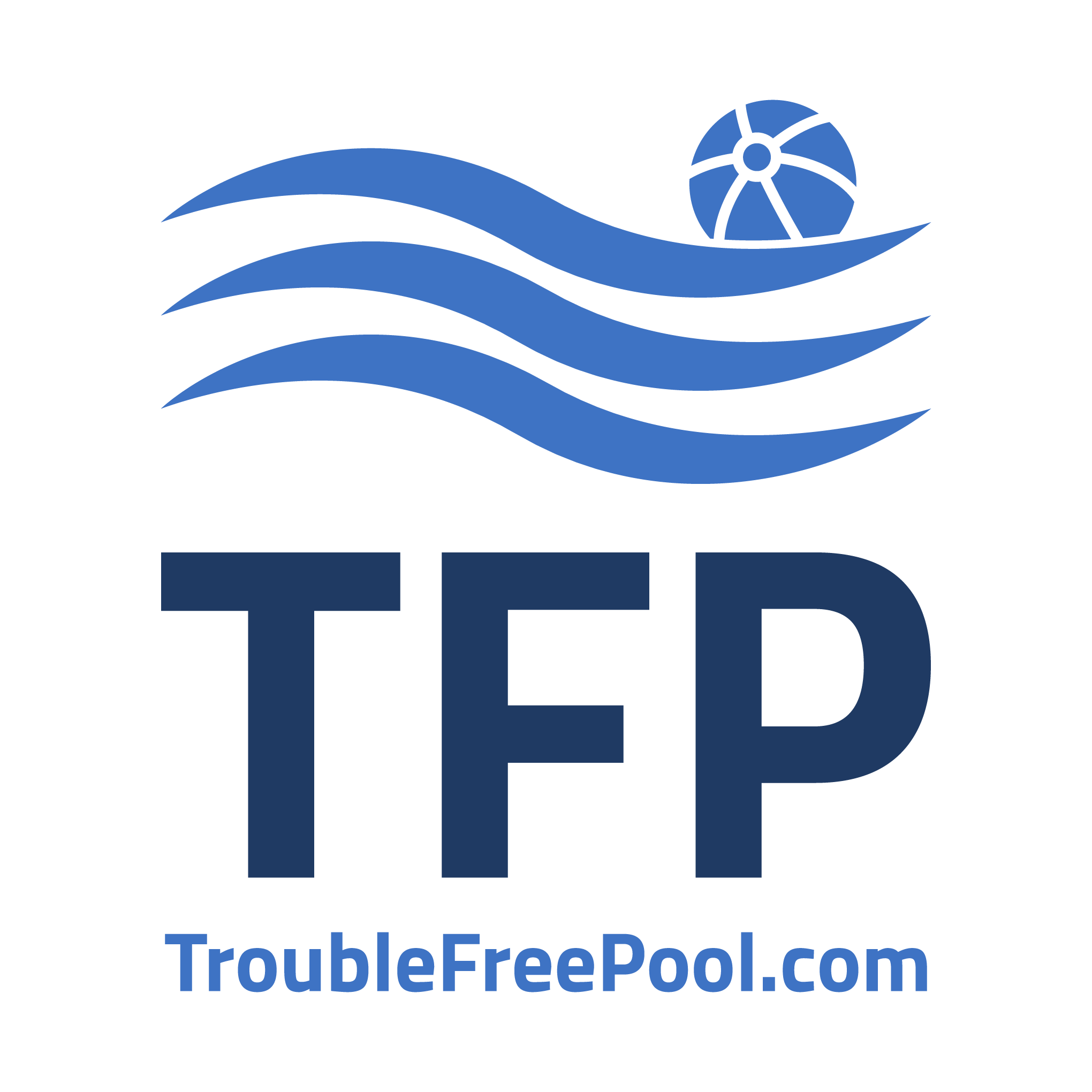Lots of focus on Chlorine & pH, but we have to start with CYA. Also, I'm not clear on recommended ranges vs "ideal" ranges.
I have a lightly used plaster pool in California moderate weather (not extreme) zone with an average of about 7 hours of sun on the pool. So if my CYA target is 30-60, I need to do nothing about CYA if it's in that range [or do I manage to the "ideal" 40-50?] and manage FC to the recommended level determined by the CYA chart (I'll keep the chart with my TF-100 kit), and manage the other levels per TFP guidelines:
pH – Acidity/Basicity – 7.2 to 8.0 [HOWEVER, "Ideal" is 7.6-7.8, so I should manage to within that tighter range?]
TA – Total Alkalinity – 50 to 90ppm [but manage to the ideal 60-80?]
CH – Calcium Hardness – plaster pool 250 to 650ppm [but manage to the ideal 350-550?]
CC – Combined Chloramines – manage to <1.0
I have a lightly used plaster pool in California moderate weather (not extreme) zone with an average of about 7 hours of sun on the pool. So if my CYA target is 30-60, I need to do nothing about CYA if it's in that range [or do I manage to the "ideal" 40-50?] and manage FC to the recommended level determined by the CYA chart (I'll keep the chart with my TF-100 kit), and manage the other levels per TFP guidelines:
pH – Acidity/Basicity – 7.2 to 8.0 [HOWEVER, "Ideal" is 7.6-7.8, so I should manage to within that tighter range?]
TA – Total Alkalinity – 50 to 90ppm [but manage to the ideal 60-80?]
CH – Calcium Hardness – plaster pool 250 to 650ppm [but manage to the ideal 350-550?]
CC – Combined Chloramines – manage to <1.0
- Any corrections or suggestions regarding the above?
- Do I take action when outside the "ideal" range? Or I don't really need to take action until I hit the wider limits?


